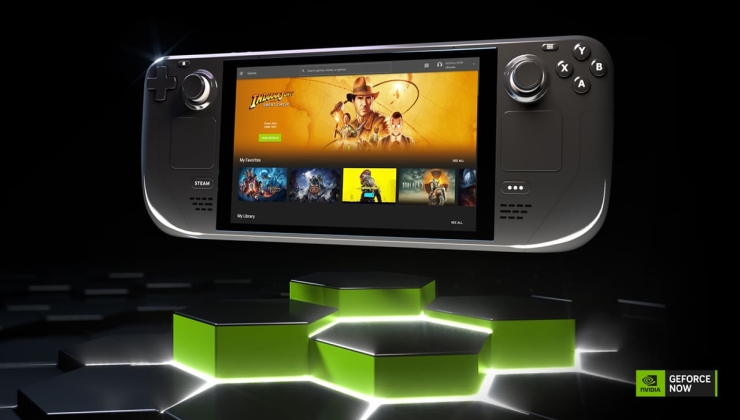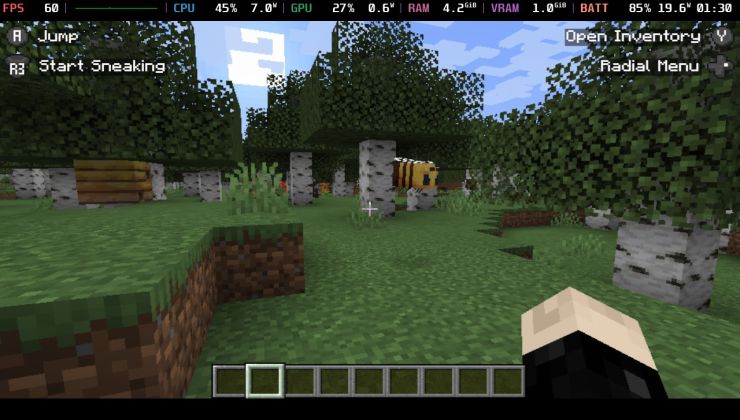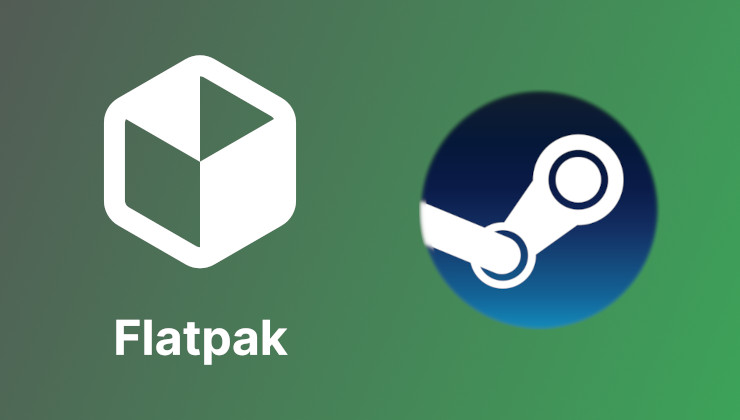Need some power in a small box with full Linux support? The Kubuntu Focus team recently revealed their second-generation Focus NX. This is a small form factor desktop that comes with Kubuntu (KDE Plasma desktop) 22.04 LTS.
Coming with either a Intel Core i7-1240P or i7-1260P (base model), it can be fitted with up to 64GB 3200Mhz RAM (8GB base model) and 2TB NVMe (250GB base model). Seems overall like a nice unit, and when you take into account pricing on all the parts together with dedicated Linux support. Pricing starts at $795 and it's basically a branded pre-configured Intel Wallstreet Canyon NUC.

It comes filled with these ports:
- 1 x Intel Wi-Fi 6E AX211 Gig+, up to 2.4 Gbit/s 802.11 ax
- 1 x Bluetooth 5.3
- 3 x USB-A 3.2 (2 in front, one in rear)
- 1 x USB-A 2.0 (rear)
- 1 x Audio Jack 3.5mm Headphone + Mic (front)
- 2 x Thunderbolt™ 4 / USB-C with DisplayPort 1.4a (rear)
- 2 x HDMI 2.1 (rear)
- 1 x RJ-45 Intel i225-V 2.5 GbE LAN (rear)
- 1 x Kensington Lock Mount
- 1 x Cable Management Bracket
- 1 x VESA Monitor-Mount Bracket
From their Press Release:
“We feel the NX GEN 2 is a great replacement for 2- or 3-year-old high-performance systems: its CPU performance is excellent, yet it is far quieter and uses much less space and power,” says Michael Mikowski, General Manager. “The second generation improves on the first with better single- and multi-core performance, greater expandability, and updated ports.”
“Of course, the excellent hardware is only half of the story. Like with all our systems, we constantly test and distribute hardware optimizations through regular package upgrades. For example, the hardware-support subsystem for the NX GEN 2 adjusts the iGPU configuration to minimize flicker and maximize performance. We also ensure the system and kernel configuration is eGPU-ready and tested.”
They currently only ship to the US and Canada.
See more on their website.
Also great to see continued preinstall efforts.
Alternatively, I could go to Amazon and buy an Intel NUC for a lot less money and just install Kubuntu on that.
Once again it's time for my favourite game: Configuring systems I won't buy.
Also great to see continued preinstall efforts.
So what would you use it for? I'm genuinely curious ( I appear to be lacking in the creativity department today)
Without a dedicated GPU, gaming seems like a stretch? But its way overkill for streaming? Non/lite-gaming desktop use maybe?I look at this and see a great little box for light gaming and emulation.
That said, I know that I'm an oddity for a geek in that my computing requirements are quite light and have, in essence, remained virtually unchanged since my days with the Commodore 64!
I'm kinda curious if the use case for systems like this? Without a dedicated GPU, gaming seems like a stretch? But its way overkill for streaming? Non/lite-gaming desktop use maybe?For me, a tiny PC like this is perfect for emulation up to PS2. I think the Iris XE graphics should be able to handle Dolphin and PCSX2, upscaled to 1080p, without issue.
Once again it's time for my favourite game: Configuring systems I won't buy.
Also great to see continued preinstall efforts.
So what would you use it for? I'm genuinely curious ( I appear to be lacking in the creativity department today)
As for Steam gaming, well, it should be fine for older games. Depends on the game.
Very fair points for the both of you. It occurred to me just a while ago, at a lower price point, it could also make a decent "first computer" for a kid. It's kinda in the sweet spot of being pretty capable and pretty cheap, it would probably be a one time purchase for the majority of their education.Honestly, I think tiny PCs like these are excellent all-around PCs in general. They don't take up a lot of space, they're power efficient, and easy to work with.
If I didn't need an external GPU for Steam, I'd use something like this Kubuntu Focus tiny PC as my daily driver without hesitation.
I'm kinda curious if the use case for systems like this? Without a dedicated GPU, gaming seems like a stretch? But its way overkill for streaming? Non/lite-gaming desktop use maybe?
Once again it's time for my favourite game: Configuring systems I won't buy.
Also great to see continued preinstall efforts.
So what would you use it for? I'm genuinely curious ( I appear to be lacking in the creativity department today)
I wouldn't use it, that's why I wouldn't buy it. I just enjoy clicking on the high end options and seeing the price go up.
That said, when I was an office clerk this would have been awesome to have.
Put a sd card and a microsd card slot! Why the hell this is not a thing on mini PCs?
I'm kinda curious if the use case for systems like this? Without a dedicated GPU, gaming seems like a stretch? But its way overkill for streaming? Non/lite-gaming desktop use maybe?
Once again it's time for my favourite game: Configuring systems I won't buy.
Also great to see continued preinstall efforts.
So what would you use it for? I'm genuinely curious ( I appear to be lacking in the creativity department today)
I wouldn't use it, that's why I wouldn't buy it. I just enjoy clicking on the high end options and seeing the price go up.
That said, when I was an office clerk this would have been awesome to have.
My last (and final) office job I had a Dell NUC. It was pretty capable, ran 3 monitors, SQL was pretty easy. It struggled with GIS on some things, but I think that was due to the lack of a GPU.
I've thought about getting my child an Rpi4, but the more I think about it, I think I'd rather get a NUC (or something similar). X86 and upgrade options keeps a lot of doors open. The price on this one seems a little high, but over 8 years of schooling, it's only $100 a year, which is pretty reasonable.
I've thought about getting my child an Rpi4, but the more I think about it, I think I'd rather get a NUCYou should get three. You could call them Larry, Curly and Moe. NUC NUC NUC!
I've thought about getting my child an Rpi4, but the more I think about it, I think I'd rather get a NUC (or something similar). X86 and upgrade options keeps a lot of doors open. The price on this one seems a little high, but over 8 years of schooling, it's only $100 a year, which is pretty reasonable.The NUC is by far the better deal - Raspberry Pi OS often has issues with updates being pushed out to the public when they're not ready for prime-time, which gets tremendously annoying if you just want to get things done. Also, on at least one occasion that I know of, they auto-added and auto-trusted a third-party repository without user permission or interaction, as part of a standard apt update.
I used a Raspberry Pi 4 as a daily-driver for some time, but called it quits after they managed to break monitor-detection, requiring a week or two of troubleshooting until the solution became known, followed by manual config editing on another machine in order to get it to output anything. I've been using Linux since 2007 and that experience left me feeling that it would easily give new users a false first impression of where modern-day Linux actually is - you can't even do a dist-upgrade when a new version is released, and have to write your microSD Card afresh.
Last edited by Pengling on 1 Mar 2023 at 12:41 am UTC








 An idiots guide to setting up Minecraft on Steam Deck / SteamOS with controller support
An idiots guide to setting up Minecraft on Steam Deck / SteamOS with controller support How to install extra software, apps and games on SteamOS and Steam Deck
How to install extra software, apps and games on SteamOS and Steam Deck
See more from me